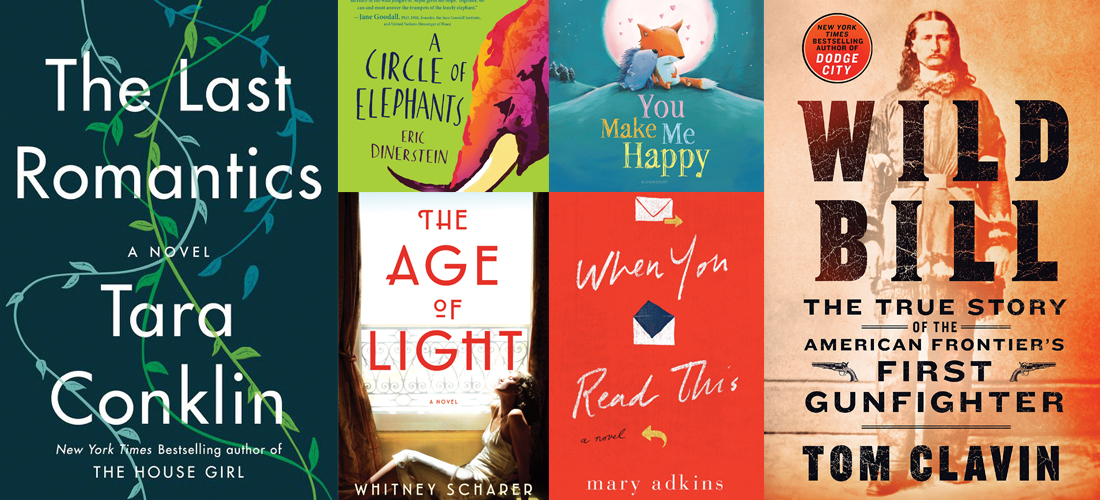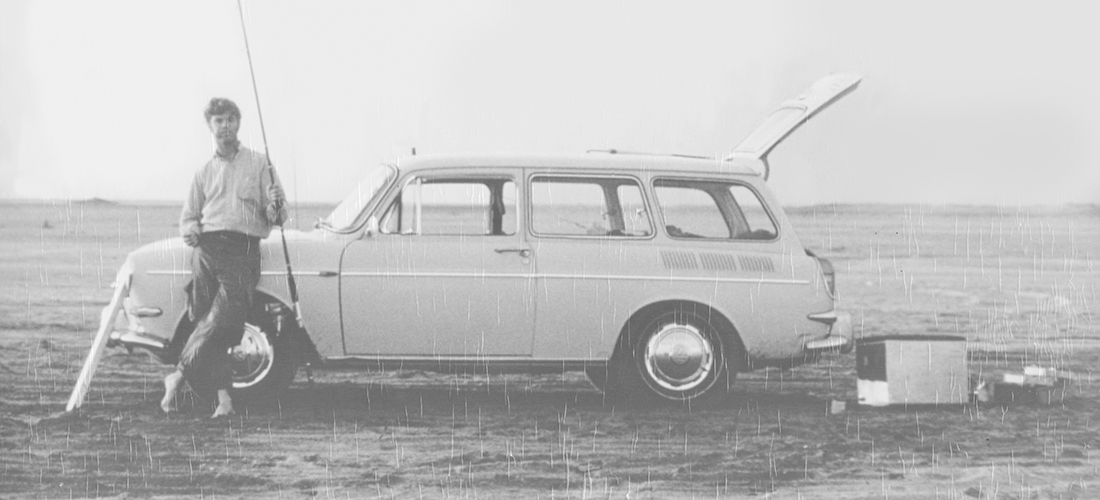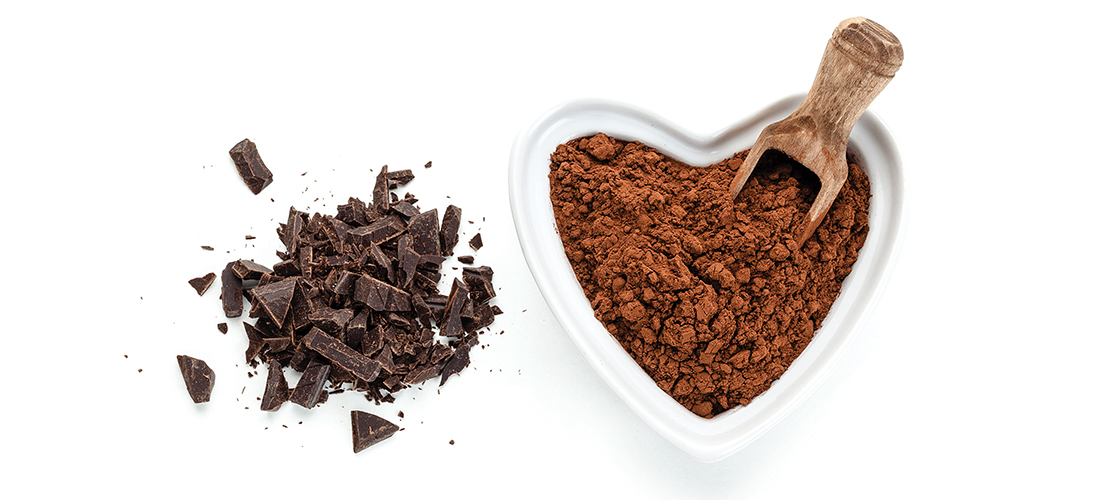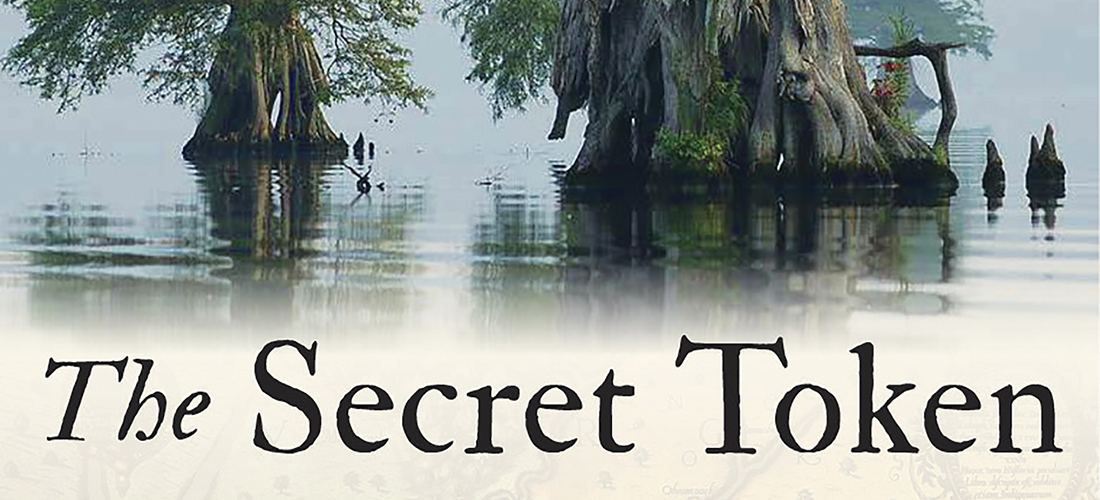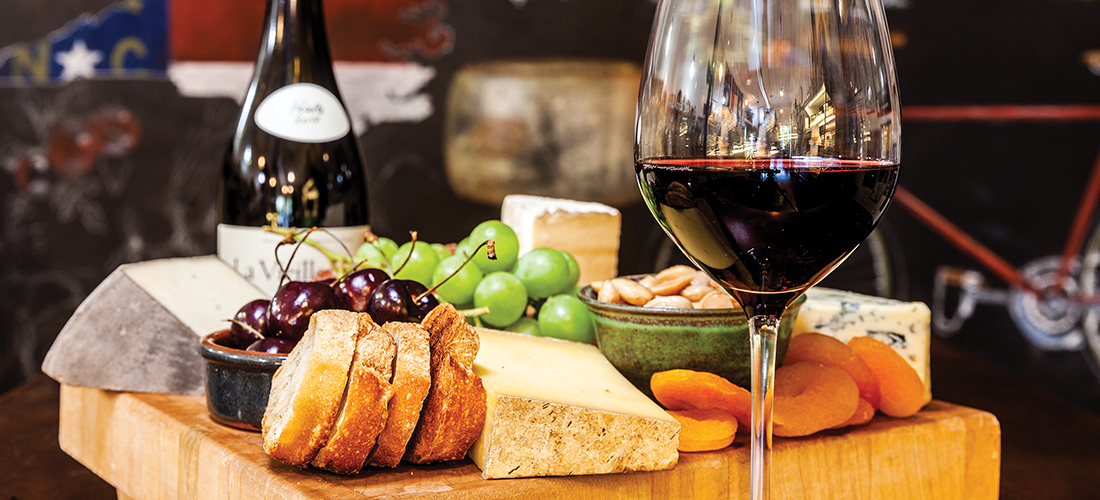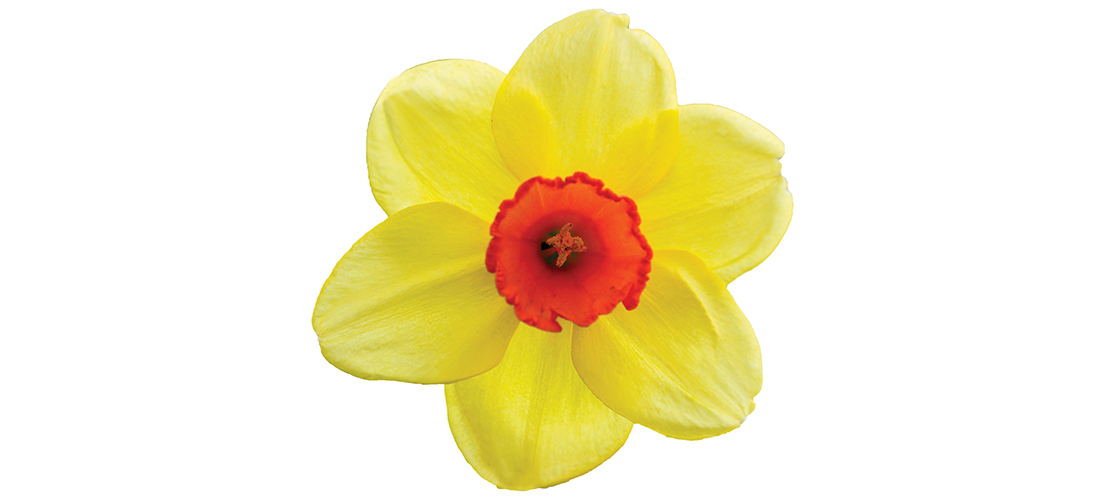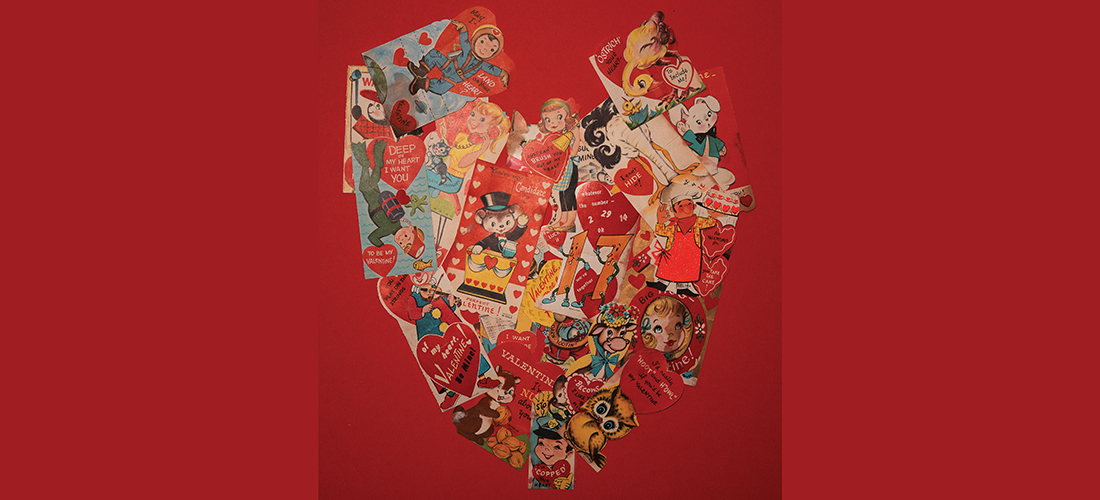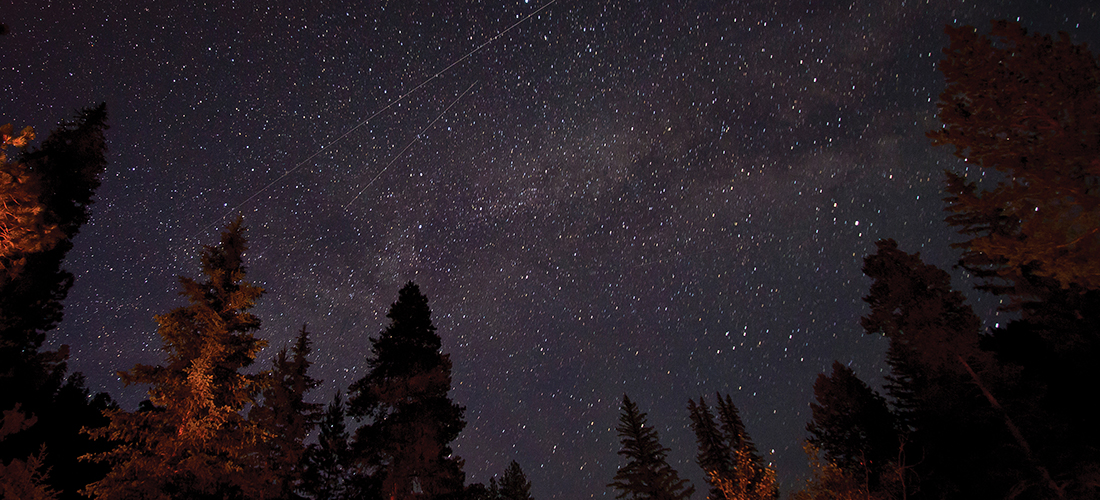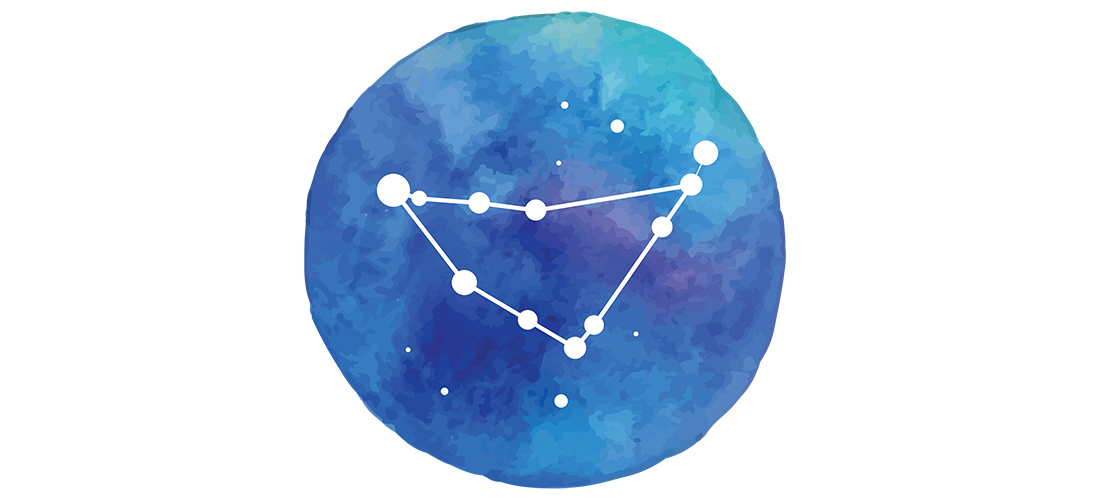February Books
FICTION
The Last Romantics, by Tara Conklin
In 2079, when the world is increasingly devastated by floods and other climate disasters, renowned 102-year-old poet Fiona Skinner meets a young woman whose parents named her Luna after a woman mentioned in Fiona’s world-famous work, The Love Poem, written 75 years earlier. To answer the young woman’s questions about the original Luna, Fiona tells the story of her childhood carrying the reader back to a small Connecticut town where Fiona and her siblings’ lives are forever altered by the sudden death of their father, the resulting financial ruin, their mother’s debilitating depression, and the behavioral shift of their golden boy brother. Conklin sweepingly navigates through time and place with masterfully crafted points of view in this character driven novel.
Sugar Run, by Mesha Maren
Jodi McCarty is 17 years old when she’s sentenced to life in prison in 1989. Released 18 years later, she finds herself at a Greyhound bus stop, reeling from the shock of freedom but determined to chart a better course for herself. Not yet able to return to her lost home in the Appalachian Mountains, she meets and falls in love with Miranda, a troubled young mother living in a motel room with her children. Together they seek a fresh start, but what do you do with a town and a family that refuse to forget or to change? Sugar Run is a searing and gritty debut novel about how, no matter the distance we think we’ve traveled from the mistakes we’ve made, too often we find ourselves standing in precisely the place we began. One of The Country Bookshop and Entertainment Weekly’s most anticipated books of 2019.
The Age of Light, by Whitney Scharer
A captivating debut novel by Whitney Scharer, The Age of Light tells the story of Vogue model turned renowned photographer Lee Miller, and her search to forge a new identity as an artist after a life spent as a muse. “I’d rather take a photograph than be one,” she declares after she arrives in Paris in 1929, where she soon catches the eye of the famous surrealist Man Ray. Lee convinces him to take her on as his assistant and teach her everything he knows. But Man Ray turns out to be an egotistical, charismatic force, and as they work together in the darkroom, their personal and professional lives become intimately entwined, changing the course of Lee’s life forever. Lee’s journey takes us from the cabarets of bohemian Paris to the battlefields of Europe during WWII, from discovering radical new photography techniques to documenting the liberation of the concentration camps. Through it all, Lee must grapple with the question of whether it’s possible to reconcile romantic desire with artistic ambition — and what she will have to sacrifice.
Lost Children Archive, by Valeria Luiselli
A family sets out on a road trip across the United States, the father chasing Geronimo’s ghost and the mother, a radio journalist, consumed by the news stories covering the thousands of children stranded at the border trying to reach America. The family doesn’t realize they are on the brink of their own crisis as a fissure grows between the parents the farther west they drive. Told through the voices of the mother and her son, including a stunning tapestry of collected texts and images, Lost Children Archive blends the personal and the political with astonishing and deeply moving empathy.
When You Read This, by Mary Adkins
A debut comic novel about two people coming to terms with the death of a young woman they both loved — one her boss and the other her sister. Anything but a downer, When You Read This is a witty, clever, poignant charmer about love, mortality and living the life you are given to the fullest. The story is told in a series of emails, blog posts, online therapy submissions, text messages, cease-and-desist letters and other snippets of modern communication, which will of course bring to mind Where’d You Go, Bernadette.
The Girls at 17 Swann Street, Yara Zgheib
An insightful book inspired by the author’s own experience and a must read for anyone curious about how our lives are intimately tied to eating. The novel is about Anna, a woman with anorexia admitted to an eating disorder treatment facility at 17 Swann Street in St. Louis, where she must battle her anxiety and guilt over food. She gains insight and strength from the other girls at the facility who ultimately show her how much she has to live for. The characters leap off the page, and the first thing you will want to do is pass it on and then re-examine all your thoughts about food.
Finding Dorothy, by Elizabeth Letts
Maud Gage Baum, widow of the author of the book The Wonderful Wizard of Oz, met Judy Garland, the young actress playing the role of Dorothy, on the set of The Wizard of Oz in 1939. At the time, Maud was 78 and Judy was 16 and, in spite of their age difference, Maud immediately connected with Judy. This wonderfully evocative story recreates Maud’s youth as the rebellious daughter of a leading suffragette, the prairie years of the couple’s early days that would inspire Frank’s masterpiece, and the high-pressure atmosphere on the The Wizard of Oz film set in 1939 where Judy is badgered by the director, producer and her ambitious stage mother to lose weight, bind her breasts, laugh, cry and act terrified on command. As Maud had promised to protect the original Dorothy, she takes on the job of protecting young Judy.
NONFICTION
Wild Bill: The True Story of the American Frontier’s First Gunfighter, by Tom Clavin
In July 1865, “Wild Bill” Hickok won a quick-draw duel creating the reputation that made him a marked man to every gunslinger in the Wild West. James Butler Hickok was known across the frontier as a soldier, Union spy, scout, lawman, gunfighter, gambler, showman and actor. He crossed paths with Gen. George Armstrong Custer and Buffalo Bill Cody, as well as Ben Thompson and other young toughs. The ladies’ man married his true love, Agnes Lake, the impresario of a traveling circus, although he was buried next to the fabled frontierswoman Calamity Jane. The legend of Wild Bill has only grown since his death in 1876. Clavin has sifted through years of Western lore to bring Hickok fully to life in this rip-roaring, spellbinding true story.
CHILDREN’S BOOKS
Ten Rules of the Birthday Wish, by Beth Ferry
Birthdays? We all have them. Wishes? We all make them! But some birthday wishers are unaware of the rules for birthday wishes. Rules? Oh yes, rules! Ten very specific rules, actually. Just be sure to learn them all before blowing out that next set of candles. (Ages 4-7.)
You Make Me Happy, by Smriti Prasadam-Halls
Whether singing together, climbing trees or just spending time enjoying the world, those we want to be with the most are the ones that make us the happiest. This adorable little book is the perfect Valentine’s gift for that special someone who just makes the world a little bit brighter. (Ages 2-5.)
Dragon Ghosts, by Lisa McMann
The third book in the The Unwanteds Quests series, Dragon Ghosts is a stand-alone companion to the best-selling and award-winning series about kids whose creative abilities give them magical powers. Dragon Ghosts features identical twins Fifer and Thisbe Stowe, who are naturally gifted magicians. Circumstances have left them searching for each other while dealing with their own perils in this exciting story dubbed The Hunger Games meets Harry Potter. Author Lisa McMann will be at the Country Bookshop at 4 p.m. on Friday, February 8th. The event is free. (Ages 9-13.)
A Circle of Elephants, by Eric Dinerstein
Nandu lives in the Royal Elephant Breeding Center, where elephants and rhinos are protected for the king, and where everyone struggles with rhino poaching, drought, earthquakes and wild herds of invading animals. Animal lovers will revel in Dinerstein’s poetic writing and enjoy this look into Nandu’s amazing world in this companion novel to his award-winning What Elephants Know. (Ages 10-14.) PS
Compiled by Kimberly Daniels Taws and Angie Tally

